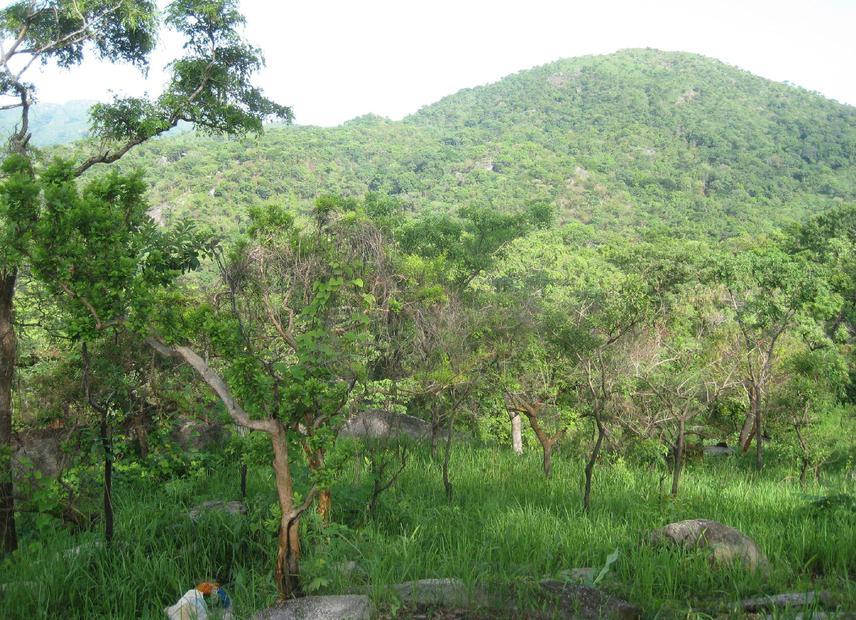Moses Nsanyi Sainge
Other projects
15 Feb 2012
Biodiversity Assessment and Conservation Status of Plants in the Mbembe Forest Reserve of Donga Mantung Division in the North West Region of Cameroon
12 Sep 2013
Dissemination of Findings of Biodiversity Assessment and Conservation Status of Plants in the Mbembe Forest Reserve of Donga Mantung Division in the North West Region (NWR) of Cameroon
To understand the floristic diversity of the newly created Bakossi National Park, in South west and Mt Nlonako in Littoral Regions of Cameroon at different vegetation types and altitudinal gradient; To build up new set of knowledge on the biodiversity and conservation status of these areas that will help Cameroon in assessing its biodiversity and conservation potentials.

Survey will be carried out in a 500 m line transect cutting through the center of two plots each measuring 500 x 20 m. Plots will be further sub divided into 25 quadrats of 20 x 20 m each. GPS coordinates at the four corners of each plot will be recorded via careful, repeated measures with a precision of ± 5 m, to ensure accuracy. On each transect, GPS points will also be recorded at every 100 m including the start and end points. Thus each transect will compose of two plots (2-ha) of 500 x 40 m. All standing trees and lianas with diameter at breast height (DBH, 1.3 m) ≥ 10 cm will be measured with a diameter tape. Five quadrats of 10 x 10 m within each 1-ha will be selected after every 5 quadrats (Quadrat 1, 6, 11, 16, and 21) where trees and lianas of DBH, 1 - 9.9 cm will be measured with a caliper.
The overall data scheme will enables us to understand the species composition, and forest structure of our study area from saplings, canopy to emergent tree species. All trees ≥ 10 cm will be tagged and mapped. Tree mapping will be done via GPS tracking of individually tagged trees across the plot. Collection of plant samples will be carried out with the aid of a collecting pole and secateurs from every sampled individual mostly species that could not be identified in the field. Collected specimens will be identified at the National Herbarium in Yaounde-Cameroon. Observational data will be recorded to improve on the species list of these areas. Observational data are made up of a general plant collection of the area irrespective of whether they are found in the sampling plots, in flowers, fruits, or sterile. This has given us a preliminary inventory of the area.